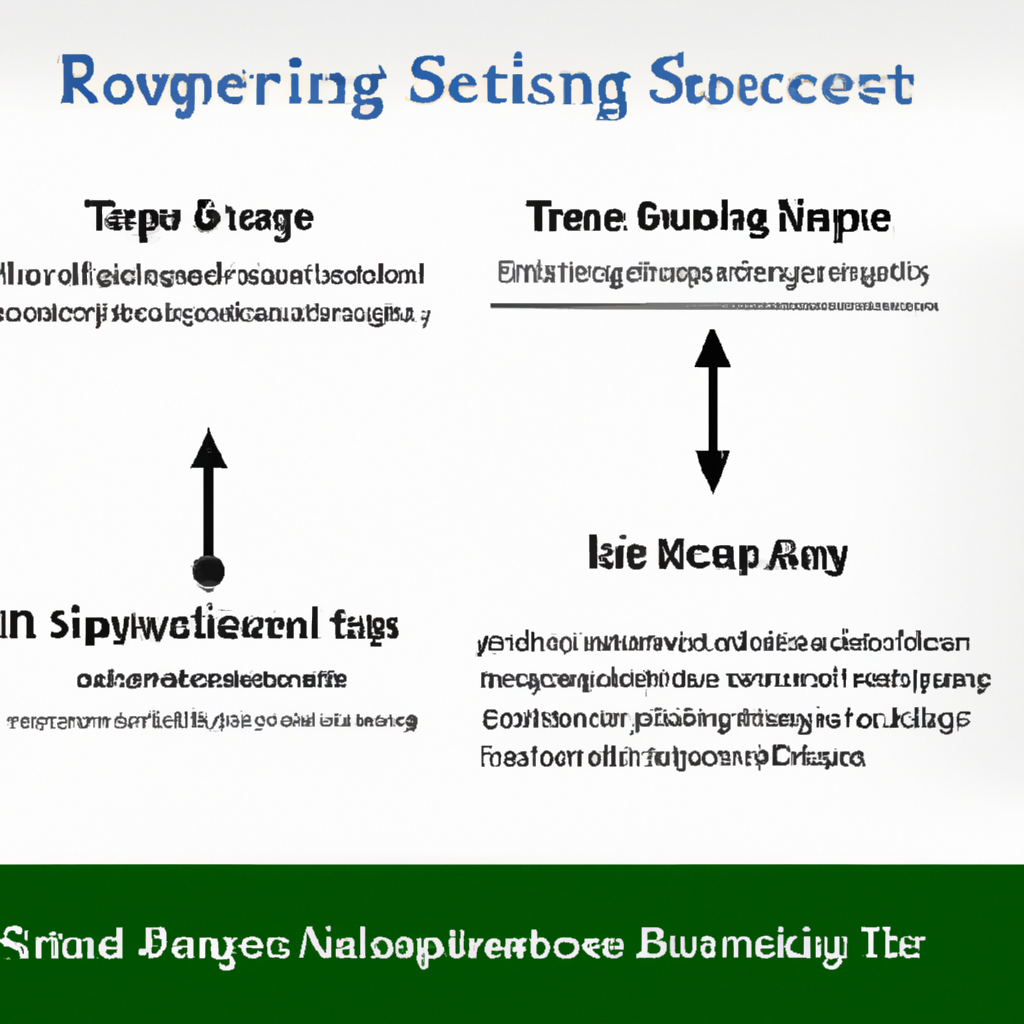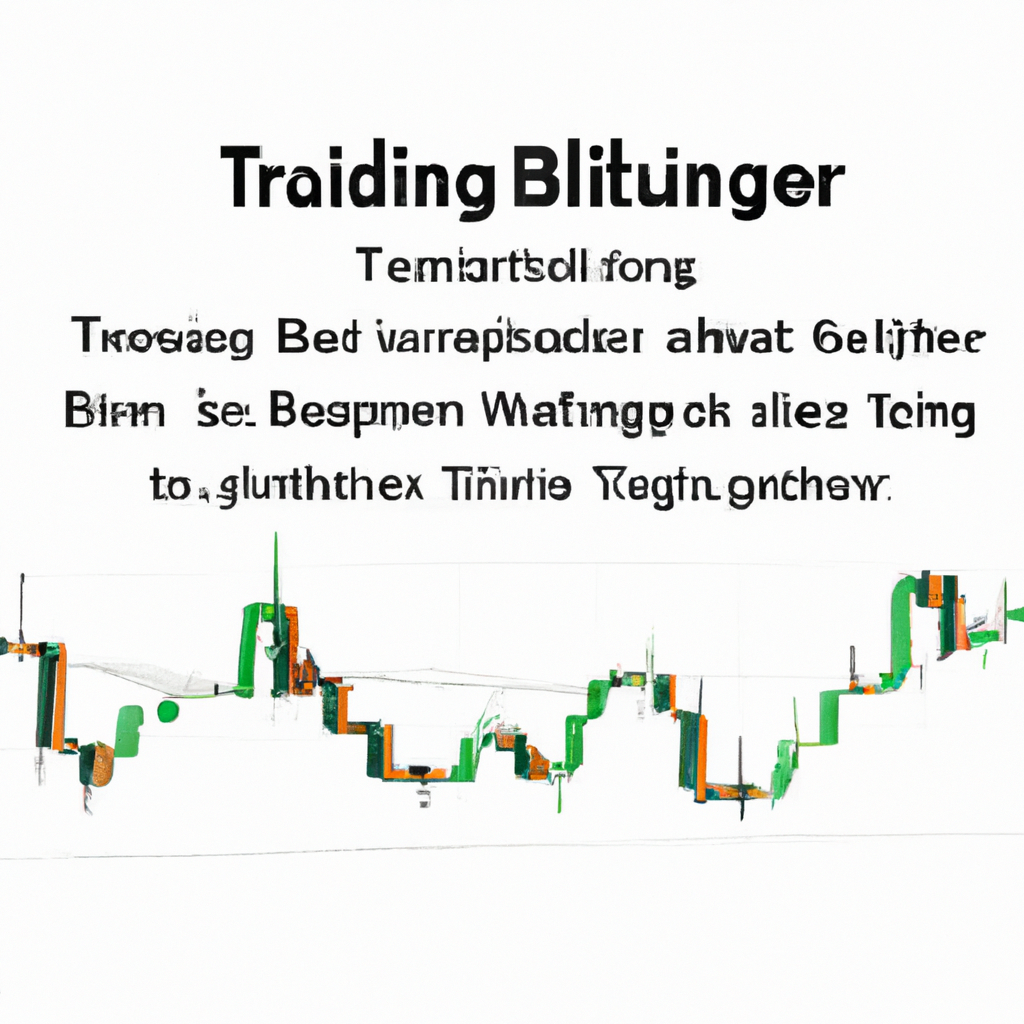Support/Resistance Trading Strategies: A Comprehensive Guide
Introduction
Support and resistance levels are key concepts in technical analysis that help traders identify potential price levels at which the market may reverse or consolidate. By understanding and utilizing support/resistance trading strategies, traders can make informed decisions and improve their chances of success in the financial markets.
Understanding Support and Resistance
Support and resistance levels are horizontal or diagonal price levels where the market tends to react. These levels are formed based on historical price action and represent areas of buying or selling pressure. Traders often use support/resistance levels to identify potential entry and exit points for their trades.
Types of Support/Resistance
There are two main types of support/resistance levels:
1.
Horizontal Support/Resistance
– Horizontal support/resistance levels are formed when the price repeatedly bounces off a specific price level. These levels can be identified by connecting the swing lows (support) or swing highs (resistance) on a price chart.
2.
Diagonal Support/Resistance
– Diagonal support/resistance levels are formed when the price moves in a specific trend and creates a line that acts as support or resistance. Trendlines and channels are common examples of diagonal support/resistance levels.
Support/Resistance Trading Strategies
Here are some popular support/resistance trading strategies that traders can use to enhance their trading decisions:
1.
Breakout Strategy
– This strategy involves waiting for the price to break above a resistance level or below a support level. Traders can enter a long position when the price breaks above resistance or a short position when it breaks below support. Stop-loss orders can be placed just below the breakout level to manage risk.
2.
Pullback Strategy
– In this strategy, traders wait for the price to retest a broken support/resistance level after a breakout. If the price holds the previous resistance level as support (in case of a breakout above resistance), traders can enter a long position. Conversely, if the price holds the previous support level as resistance (in case of a breakout below support), traders can enter a short position.
3.
Range Trading Strategy
– Range trading involves identifying a well-defined support and resistance level and trading within the range. Traders can buy near support and sell near resistance, taking advantage of the price bouncing between these levels. Stop-loss orders can be placed outside the range to limit potential losses.
4.
Trendline Strategy
– Trendlines can act as dynamic support or resistance levels. Traders can draw trendlines connecting swing lows in an uptrend (support) or swing highs in a downtrend (resistance). Buying near an upward trendline or selling near a downward trendline can provide potential trading opportunities.
Conclusion
Support and resistance trading strategies are valuable tools for traders to identify potential entry and exit points in the financial markets. By understanding the different types of support/resistance levels and utilizing appropriate strategies, traders can enhance their trading decisions and increase their chances of success. However, it is important to combine these strategies with proper risk management and analysis of other market factors for a well-rounded trading approach.



